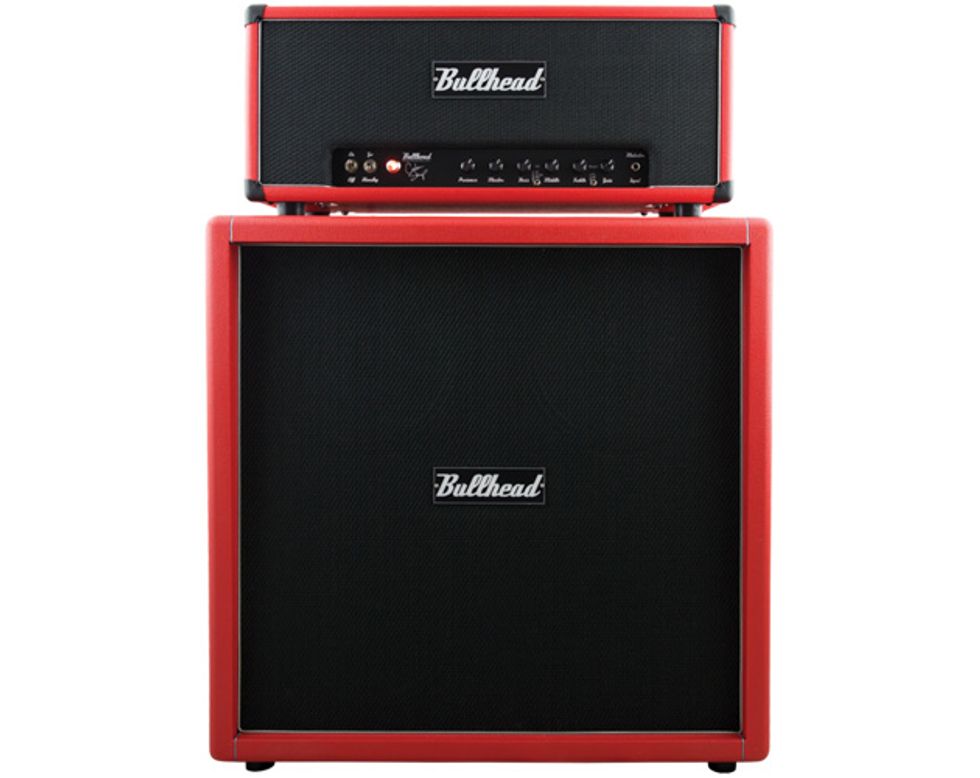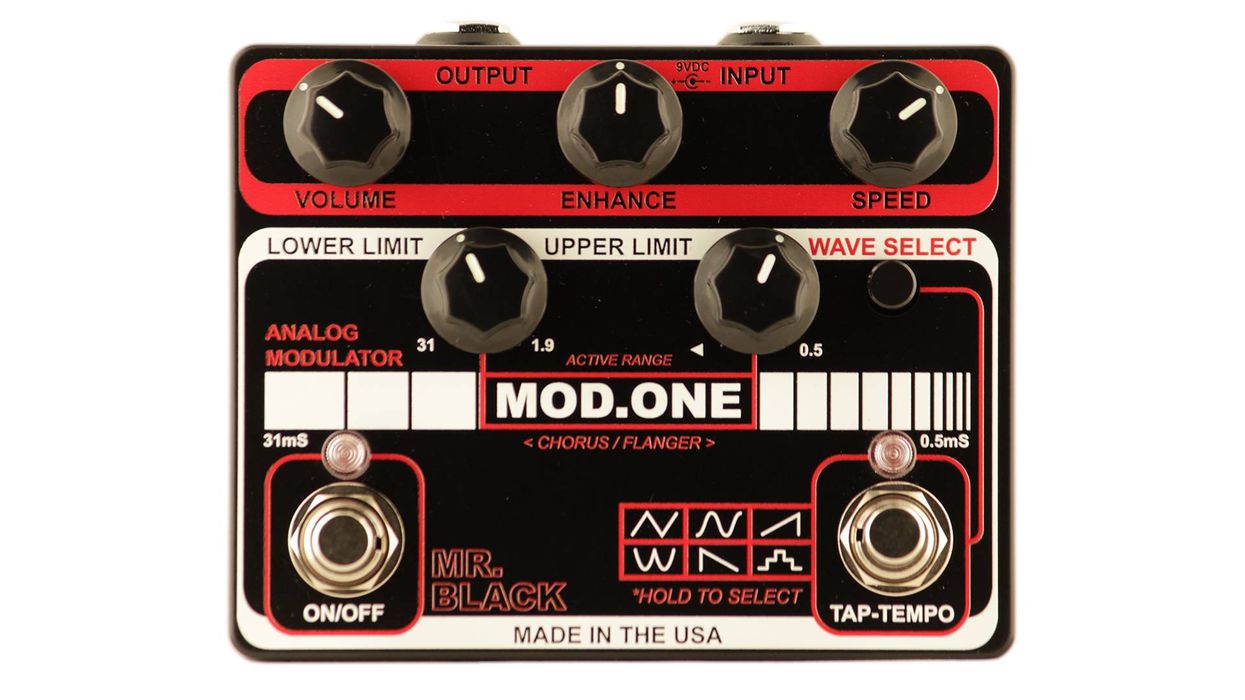Clip 2: Schecter Ultra III - Scoop Voicing, Pres - 1 O'clock, Master - Max, Bass - Noon, Middle - 1 O'clock, Treble (bright) - 3 O'clock, Gain - 1 O'clock
Clip 3: Schecter Ultra III - UK Voicing, Pres - 1 O'clock, Master - Max, Bass - Noon, Middle - 1 O'clock, Treble (bright) - 3 O'clock, Gain - 1 O'clock
Clip 4: Schecter Ultra III + Reverb - Mid Voicing, Pres - 1 O'clock, Master - Max, Bass - Noon, Middle - 1 O'clock, Treble (bright) - 3 O'clock, Gain - 1 O'clock
Clip 5: Schecter Ultra III + Reverb - Scoop Voicing, Pres - 1 O'clock, Master - Max, Bass - Noon, Middle - 1 O'clock, Treble (bright) - 3 O'clock, Gain - 1 O'clock
Clip 6: Schecter Ultra III + Reverb - UK Voicing, Pres - 1 O'clock, Master - Max, Bass - Noon, Middle - 1 O'clock, Treble (bright) - 3 O'clock, Gain - 1 O'clock
Clip 7: Schecter Ultra III Fast Rhythm - Mid Voicing, Pres - 1 O'clock, Bright - Off, Everything Else - Max
Clip 8: Schecter Ultra III Fast Rhythm - Scoop Voicing, Pres - 1 O'clock, Bright - Off, Everything Else - Max
Clip 9: Schecter Ultra III Fast Rhythm - UK Voicing, Pres - 1 O'clock, Bright - Off, Everything Else - Max
When you see a big ol’ head atop a matching 4x12 cab—particularly bright red ones emblazoned with the aggressive-sounding “Bullhead”—you can’t help but assume the pair will dish out blistering distortion at bludgeoning volumes. But with his Matador half-stack, Nashville amp builder Scott VanFossen seems to be having a bit of fun with both the art of amplifier design and guitar nerds’ expectations. In many ways, the setup is a bit of a red-cape sleight of hand: Fans of the imposing half-stack form who charge toward it in anticipation of carnage may be surprised at what’s behind the red vinyl, while combo snobs who plug into it may well reconsider their stance against big rigs for the first time since their starry-eyed teen years.
Olé—6V6s!
There are, of course, heads on the market driven by a wide variety of valves, but the industry’s bread-and-butter designs typically run 6L6s or EL34s. And while the Matador Bullhead is available in a 40-watt version burning the latter, we were excited to get a crack at the 20-watt version powered by 6V6s—valves most famous for defining the warm, spongy sounds of small, classic American combos like the Fender Champ, Princeton, and Deluxe.
The Matador’s knob array, on the other hand, is closer to what you’d expect on a vintage Marshall. There are presence, master, bass, middle, treble, and gain knobs, and the preamp’s capabilities are extended by two toggles: a 3-position EQ character selector with “U.K.,” “Scoop,” and “Mid” options, and a bright on/off switch. Around back, the options are simple and straightforward: dual 1/4" jacks for the series effects loop, a 1/4" speaker output, and a knob for selecting an impedance of 4, 8, or 16 ohms. Ours was set to the middle position to accommodate the matching Celestion Greenback-loaded Matador 4x12 cab, which features finger-jointed 3/4" Baltic birch construction and recessed side handles.
Inside the Matador head’s beefy box (also of Baltic birch), a class-AB circuit uses a mix of fastidiously neat point-to-point and turret-board handwiring: Solder joints are pristine, with no excess silver goop, and PVC connections linking the main turret board with the chassis-mounted pots, jacks, and the small printed circuit board for the effects loop are kept as short as possible, with longer runs of adjacent wires carefully twisted together and routed to their destinations at easy-to-track right angles.
Bullhead Matador Ratings
Pros:
Lovely tones ranging from vintage plexi to hot-rodded “American.” Top-shelf build. Versatile EQ toggle.
Cons:
Somewhat expensive. Subtle bright toggle seems unnecessary.
Tones:
Ease of Use:
Build/Design:
Value:
Street:
$2,649
Bullhead Matador 4x12 Ratings
Pros:
Solid, clean construction. Warm, punchy Greenback tones.
Cons:
Pricey.
Tones:
Build/Design:
Value:
Street:
$1,099
Bullhead Amplification Matador
bullheadamplification.com
By the Horns
I tested the Matador with a variety of axes, including a Schecter Ultra III with a TV Jones Magna’Tron bridge humbucker, a Curtis Novak-loaded Tele, and a baritone Jazzmaster with Duncan Antiquity IIs. While each instrument’s tones were, naturally, oriented toward the guitar’s trademark traits, across the board the biggest tonal takeaway was that the Matador has a comfy, lived-in responsiveness that you rarely find in a brand-new amp.
In the end, I gravitated most toward the Schecter/TV Jones combo—and that’s saying something, coming from a single-coil guy. My favorite setting was typically with master cranked, gain at 2 o’clock or higher, and presence, bass, middle, and treble between noon and 2 o’clock. But even with every knob at max, it’s virtually impossible to get a harsh or painful sound out of the Matador. It would be easy to attribute this to the softer response of its 6V6s, as well as the Greenback speakers, but that would certainly do an injustice to the care put into the amp’s design and preamp voicing.
In U.K. mode, the aforementioned setting yielded a toothy, even, harmonically rich raunchiness that was every bit “British,” yet never piercing. I imagine this is the sound many would expect from a vintage plexi stocked with new-old-stock tubes. Scoop mode took this essential character and imbued it with a cushier, American-combo flavor rather than the deep, hollowed-out metal sound that some might expect—think Deluxe on steroids. Mid mode, meanwhile, boosts the 6-string’s primary frequencies for a fuller, more present sound that feels slightly louder than the other two modes. The differences between modes can seem subtle at first flip, but their individual strengths shine through the more you experiment with playing nuance and attack.
Because I keep my Schecter in a lower tuning (D standard), some of my favorite moments reminded me of the sound Kim Thayil gets on old Soundgarden tracks like “Holy Water”—viscous, burnished, and mean, though with greater clarity and note separation. That said, with the other guitars, lower gain settings, and some outboard reverb, the Matador easily pivoted to fare ranging from gritty blues to skanky funk, soulful R&B, and swaggering rock ’n’ roll.
The Verdict
Scott VanFossen’s Bullhead Matador exhibits an attention to quality and detail that you just don’t see everyday, and the resulting design’s ingenuity makes one wonder why more amp builders haven’t tried a similar formula. However, whether it yields sounds you’ll dig will depend largely on the selected speaker cab. With the included sealed-back 4x12, the Matador serves up a focused, more mid-heavy sound than many will be accustomed to hearing from 6V6s, and while its thump factor is reasonably healthy, it’s also limited by the amp’s moderate wattage (clean sounds will have a tough time cutting through a band without being miked). Routed through my Jaguar HC50’s oversized open-back 1x12 cab, the Matador lost some beef and volume, but gained a more dimensional and enveloping sound. Regardless, the most salient point is that the Matador is far more than one would expect from its appearance. It’s not often that you find this level of vintage-Marshall sophistication in an amp that’s super simple yet also has some astute tricks up its sleeve.








![Rig Rundown: Russian Circles’ Mike Sullivan [2025]](https://www.premierguitar.com/media-library/youtube.jpg?id=62303631&width=1245&height=700&quality=70&coordinates=0%2C0%2C0%2C0)


























